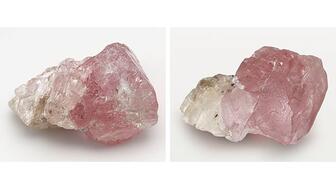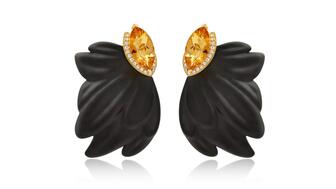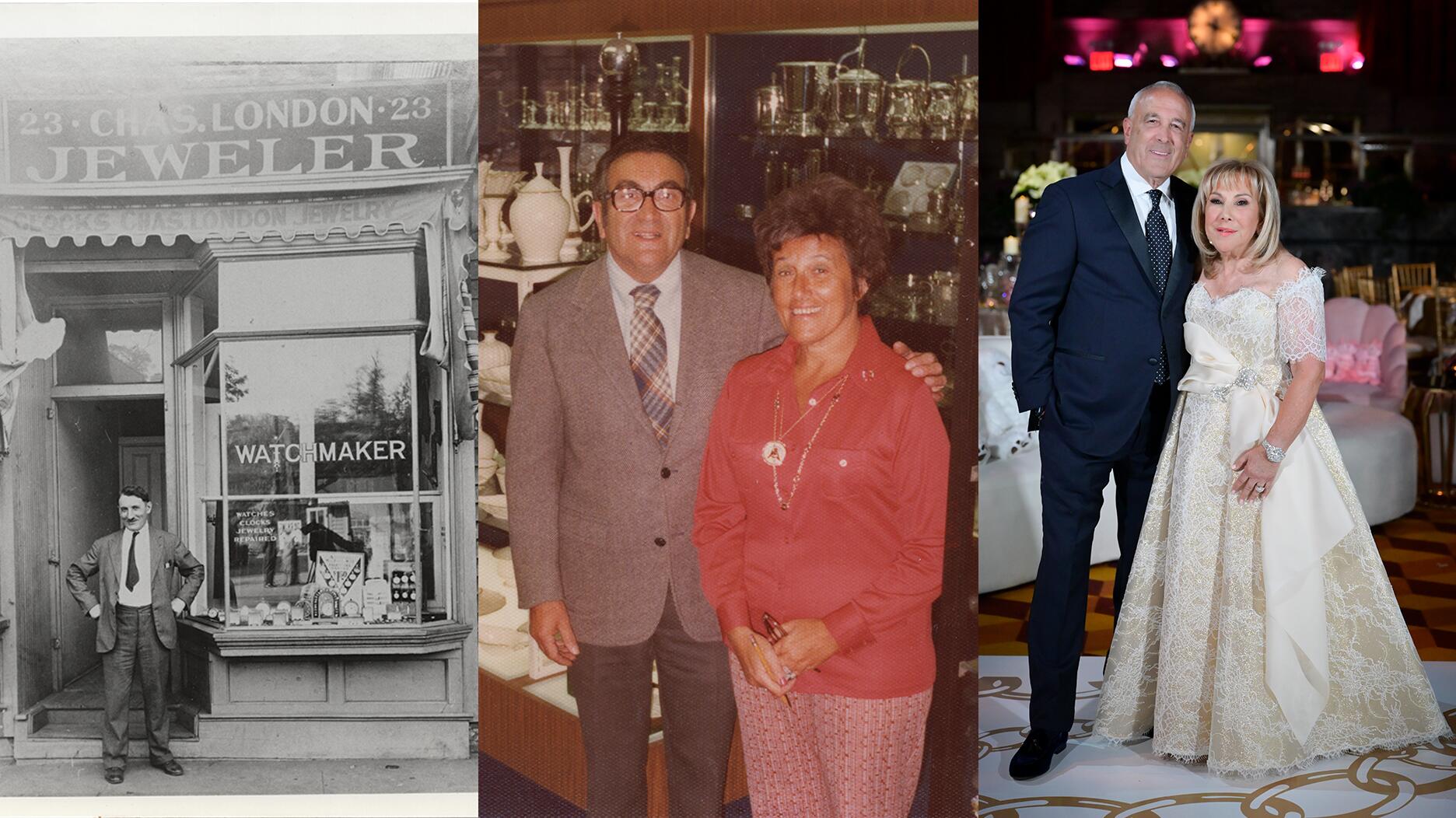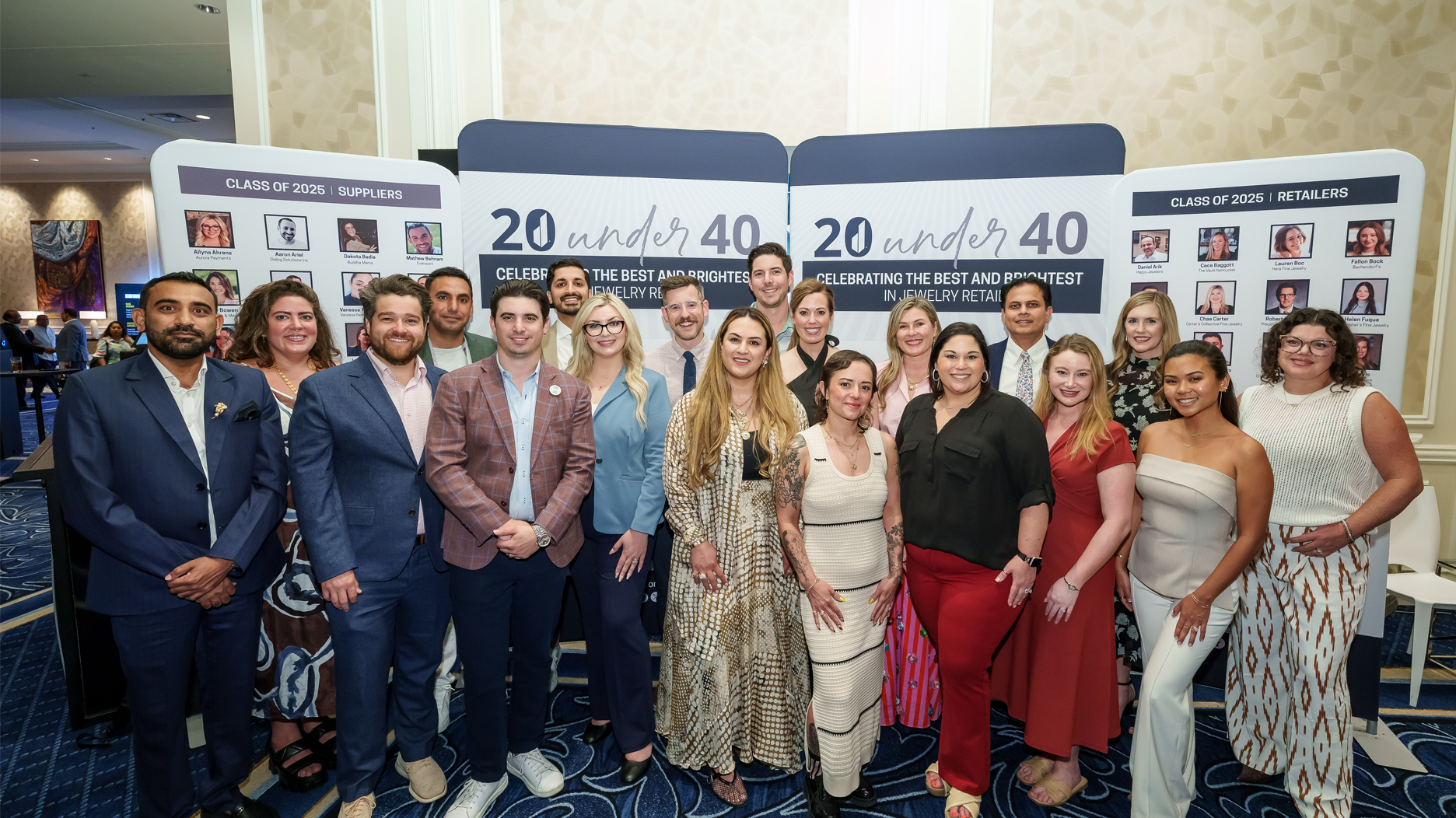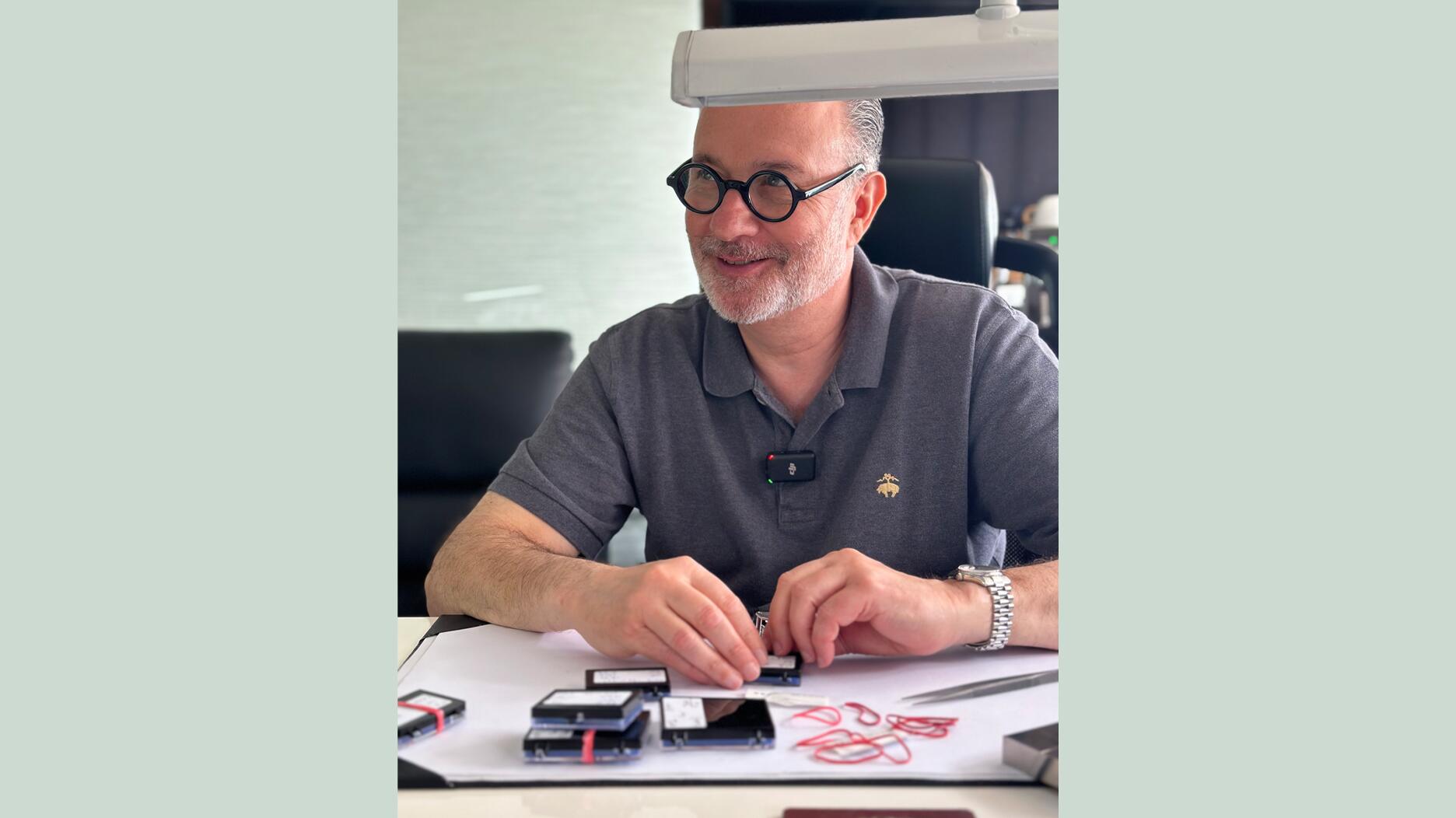Consumers are feeling more optimistic about their present situation while the short-term future remains a little scary.
Do You Really Need to Drive More Prospects into Your Store?
Peter Smith says while the idea of increasing foot traffic isn’t without merit, it’s not necessarily the panacea some think it is.

Recently, I was speaking with an industry friend who suggested that one of the biggest challenges facing jewelers today is the need to drive more prospects into their stores.
His sentiment was neither unique nor without merit. There certainly has been a gradual decline in retail jewelry store foot traffic in recent years, even as higher average tickets have largely helped to offset the decline.
To believe, however, that getting more people to come into your store is the answer to growing your business can be a bit of a red herring.
Any business would, of course, love to have more potential customers. But the sheer cost in terms of both money and resources involved in increasing foot traffic—not to mention the challenge of guessing what media and messaging would be successful in doing so—might not be the best use of your time or money.
The single best opportunity to grow your business is to convert more of your prospects.
“Executing better on the factors you can control is a preferable strategy to building business, and closing more prospects, particularly at a higher average sale, is the best metric.”Other than having a broad and general “We’ve got to convert more” or “We need to train our people better,” I rarely hear of retailers prioritizing conversion as a strategic business objective, with clear goals and a path to success.
Yet, the rewards for doing so can be immense.
If you are converting three of 10 prospects currently, that means seven people are walking out of your store empty-handed.
Turning just one of those seven people into a customer can result in a 33 percent increase to your business. If you are currently closing two of 10 prospects, converting one of the eight who are not buying will grow your business by 50 percent.
In Mark Ryski’s excellent book, “Conversion: The Last Great Retail Metric,” he wrote: “Sales results are not a reliable proxy for customer experience, but customer conversion rate is. In fact, conversion rate is an excellent proxy for customer experience.”
As nebulous and elusive as marketing can be, even to the most sophisticated of retailers, executing better on the factors you can control is a preferable strategy to building business, and closing more prospects, particularly at a higher average sale, is the best metric.
Here are six controllables that might help you.
You can’t teach drive and you won’t be successful in sales without that essential trait. Hire for it.
2. Replace your fast-sellers.
The least-sexy part of buying is replacing best-selling products, yet it is also the single most important aspect of buying. Suppress your instincts to continually reinvent the product wheel and never, ever allow your best sellers to be out of stock.
3. Don’t overstock your cases.
The more you have, the less your customer sees. Allow your product to breathe and resist the temptation to load up your cases.
No matter how strongly you believe that your customer is best served by having more options, the evidence to the contrary is too strong to ignore. If you’re trying to be everything, you are nothing. Tell your story in a way that makes it easy for customers to understand.
4. Turn your store into a fun space.
Use contrast lighting, music and scent to create an exciting retail environment. Use full-length mirrors and have your people dress more Nordstrom than H&R Block.
If it doesn’t feel like an exciting environment for your people, it likely won’t for your customers either.
5. Have your employees wear your jewelry.
Insist that employees wear their favorite pieces of jewelry and don’t be afraid to go big. If I had a dollar every time I’ve heard people telling me about selling jewelry right off their bodies …
Save the excuses as to why you can’t do it and make it happen.
6. Invest in sales training.
Product training matters and should be an ongoing commitment in your store, but it never ceases to amaze me how little retailers invest in actual sales training.
Make sure your people know the basics of body language, the need for open-ended questioning, the importance of sales principles such as the contrast principle, the paradox of choice and regret avoidance. That’s the stuff that influences consumer behavior and will help your team to convert more of the prospects already in your store.
Again, I am not suggesting that retailers don’t need to invest money marketing, but the best opportunity to improve business is closer than we think—it is every one of those customers who walk out of your store empty-handed amid salespeople's quiet whispers of “That was great, she’ll be back,” or “He was just kicking tires. He wasn’t a real buyer.”
The Latest
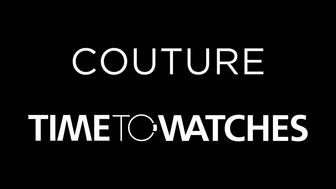
The company, which organizes a watch show in Geneva every spring, will bring a selection of watch brands to the 2026 Couture show in Vegas.

“The Modern Guide to Vintage Jewellery” follows the evolution of jewelry design from the ‘30s to the ‘80s with buying and styling advice.
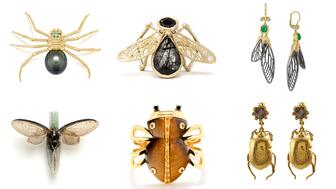
For her annual Halloween story, Senior Editor Lenore Fedow explores the symbolism behind spiders, beetles, and other eerie insects.

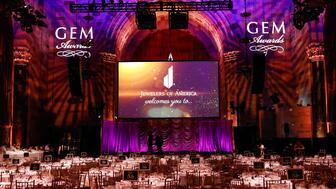
Notable jewelry designers, members of the press, and retailers are up for an award at next year’s gala.

Leaders from Jewelers of America and National Jeweler discuss the gold price, tariffs, and more in this one-hour webinar.

From sunlit whites to smoky whiskeys, introduce your clients to extraordinary diamonds in colors as unique as their love.

After experiencing motherhood, growth, and loss, founder and designer Erin Sachse has created 10 irreplaceable jewels.
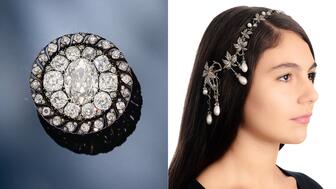
It is part of Sotheby’s “Royal & Noble Jewels” sale along with an ornate hair ornament and an old mine-cut light pink diamond ring.
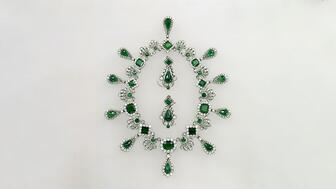
One of the individuals was apprehended at the airport as he was trying to flee the country.

The retailer, which has faced struggling sales in recent quarters, is looking to streamline its operations.
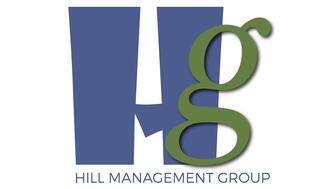
Hill Management Group will oversee, market, and produce next year’s spring show.

London-based investment firm Pemberton Asset Management acquired the auction house for an undisclosed amount.

The workshop will give attendees the chance to try out and ask questions about three different diamond verification instruments.
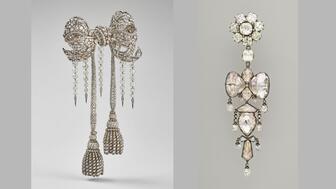
The footage shows two of the jewelry heist suspects descending from the second floor of the museum and then escaping via scooter.
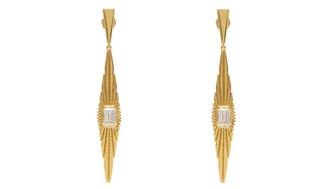
Founder and designer Rosanna Fiedler looked to a vintage Cartier clutch when designing the sunlight-inspired drop earrings.
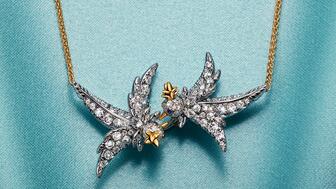
The luxury conglomerates faced a challenging Q3 amid geopolitical and economic tensions.

The struggling diamond mining company, which owns the historic Cullinan mine, has launched a rights issue to raise about $25 million.
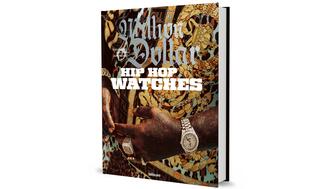
The book details the journey of watches as symbols of hard-earned success in hip-hop for artists like 2Pac, Jay-Z, and more.

Alexis Vourvoulis, who most recently worked at Tiffany & Co., brings more than two decades of jewelry experience to her new role.
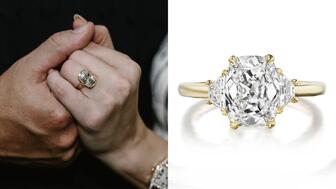
The superstar’s August engagement put the stamp of approval on an already hot engagement ring trend.
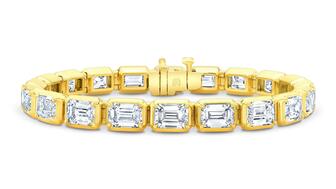
Retailers should offer classic styles with a twist that are a perfect fit for layered looks, experts say.
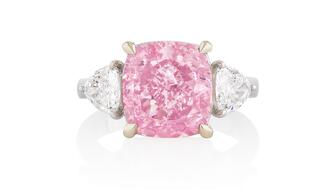
The nearly 7-carat fancy vivid purplish pink diamond could sell for around $9 million.
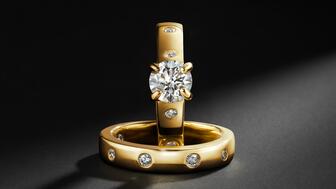
The retailer’s new collection of engagement rings and fashion jewelry is set with natural diamonds that are traceable via blockchain.

Chief Artistic Officer Nathalie Verdeille has reimagined the iconic design in both figurative and abstract creations.

Five dollars buys one vote toward an industry professional you want to see dressed up as a hero, or a villain, this Halloween.


